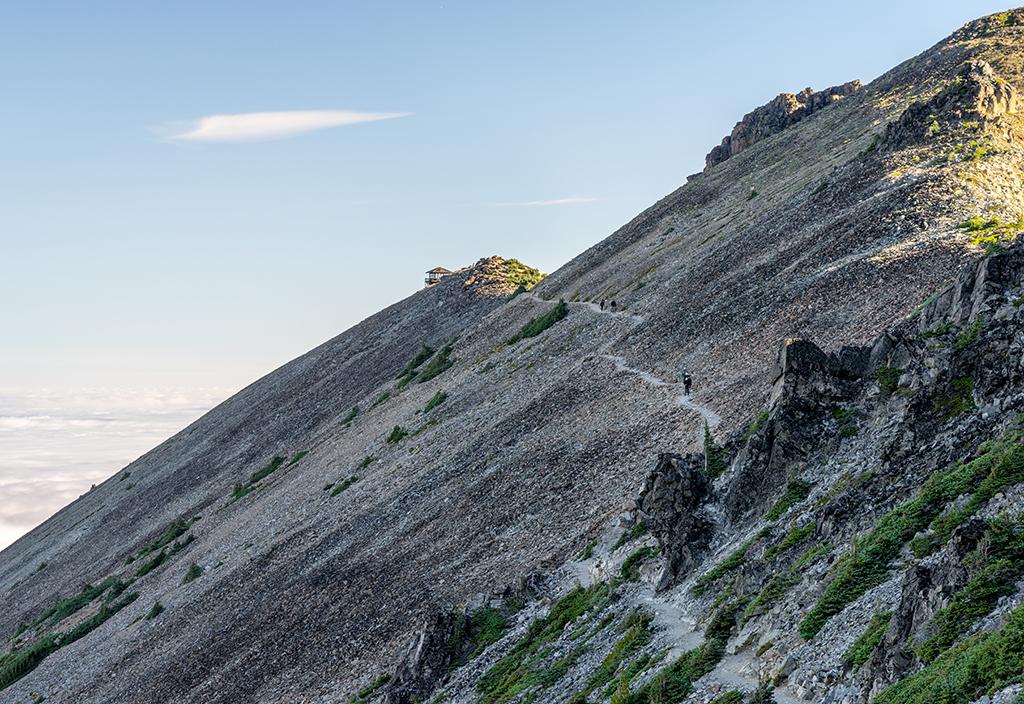
The trail to the Mount Fremont Fire Lookout, Mount Rainier National Park / Rebecca Latson
How much do you really know about units of the National Park System? You may know more than you think! Test your knowledge with this latest Traveler quiz and trivia piece before checking the answers at the bottom. You might even learn a little something new.
1. If you’ve hiked the Fremont Lookout Trail at Mount Rainier National Park in Washington state, you’ll have seen one of four fire lookouts in the park. The Mount Fremont Fire Lookout is the:
a) Oldest fire lookout in the park
b) Highest fire lookout in the park
c) Both a & b
d) Neither a nor b
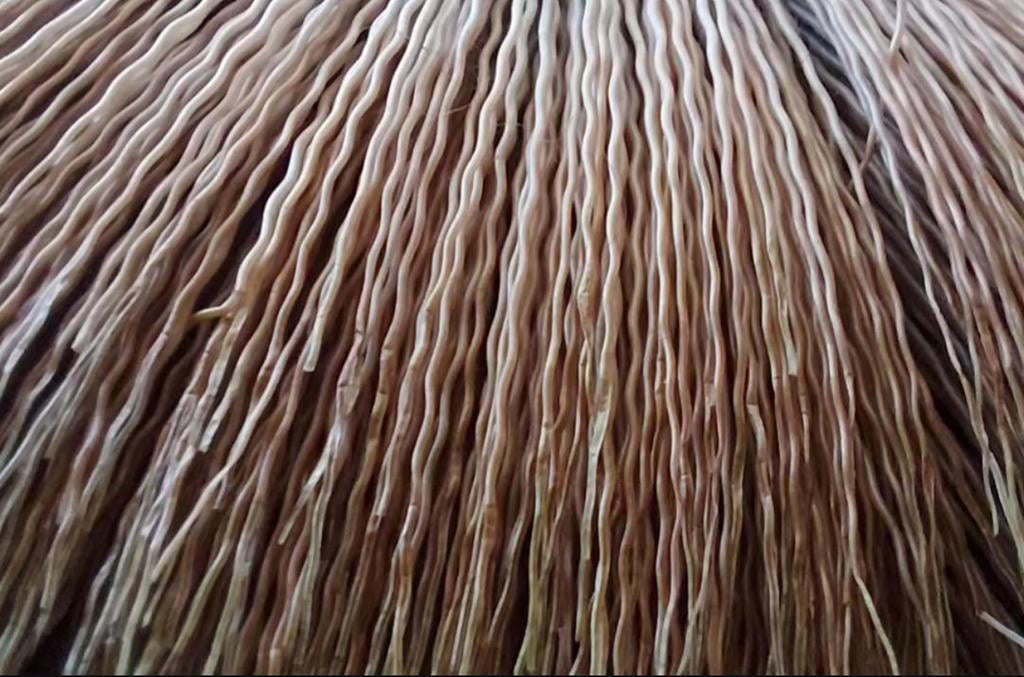
What, exactly, are you looking at, here? / NPS file
2. Look at the close-up image above. What is this?
a) Bighorn sheep hair
b) Pronghorn hair
c) Musk ox wool known as qiviut (pronounced "kiv'-ee-at")
d) Mountain goat hair
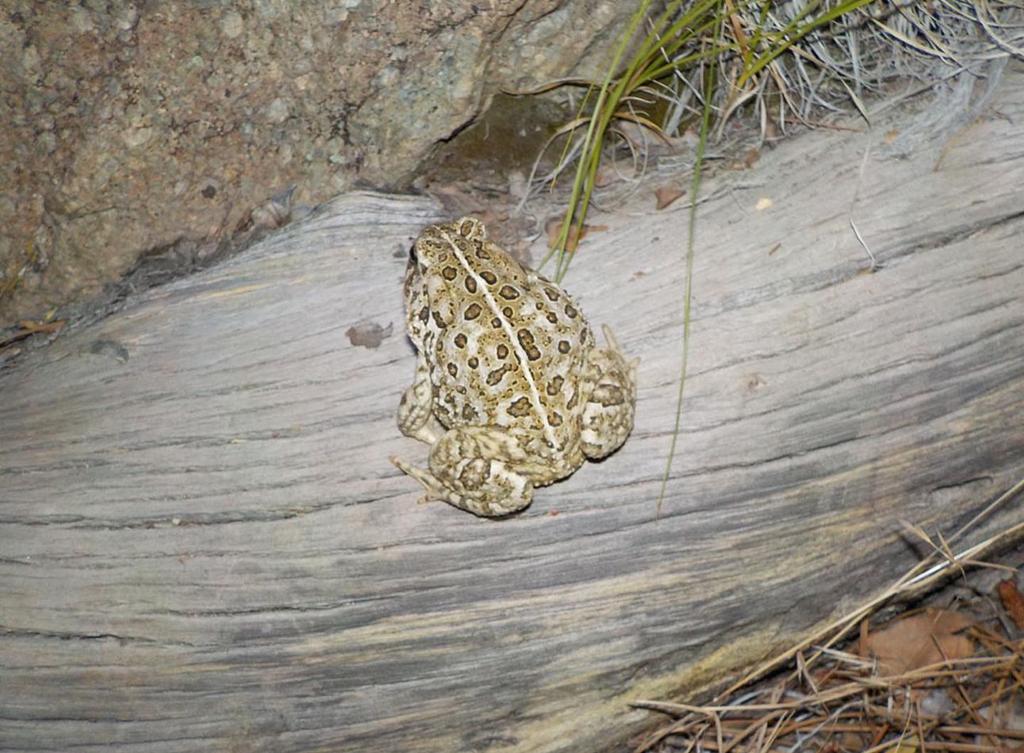
Woodhouse's toad, Devils Tower National Monument / NPS file
3. Visit Devils Tower National Monument in Wyoming and you might see one or more of this national monument’s six amphibian species. Of these species ___ are toads.
a) Two
b) Three
c) Four
d) Five

The yummy fruit of an organ pipe cactus, Organ Pipe Cactus National Monument / NPS - B. Whitford
4. Visit Organ Pipe Cactus National Monument in Arizona and you might see the ripe, edible fruit of this cactus, known as a ___.
a) Bulb
b) Nopales
c) Pitaya
d) Tuna

Looks like something from a science fiction movie. What could it be? Cedar Breaks National Monument / NPS file
5. During a hike at Cedar Breaks National Monument in Utah, you might come across these oddly-shaped mounds of dirt that look like something from a science fiction show. What you see are ___.
a) Earth worm burrows
b) Lightning strike sites
c) Vole tunnels
d) Burrowing snake tracks
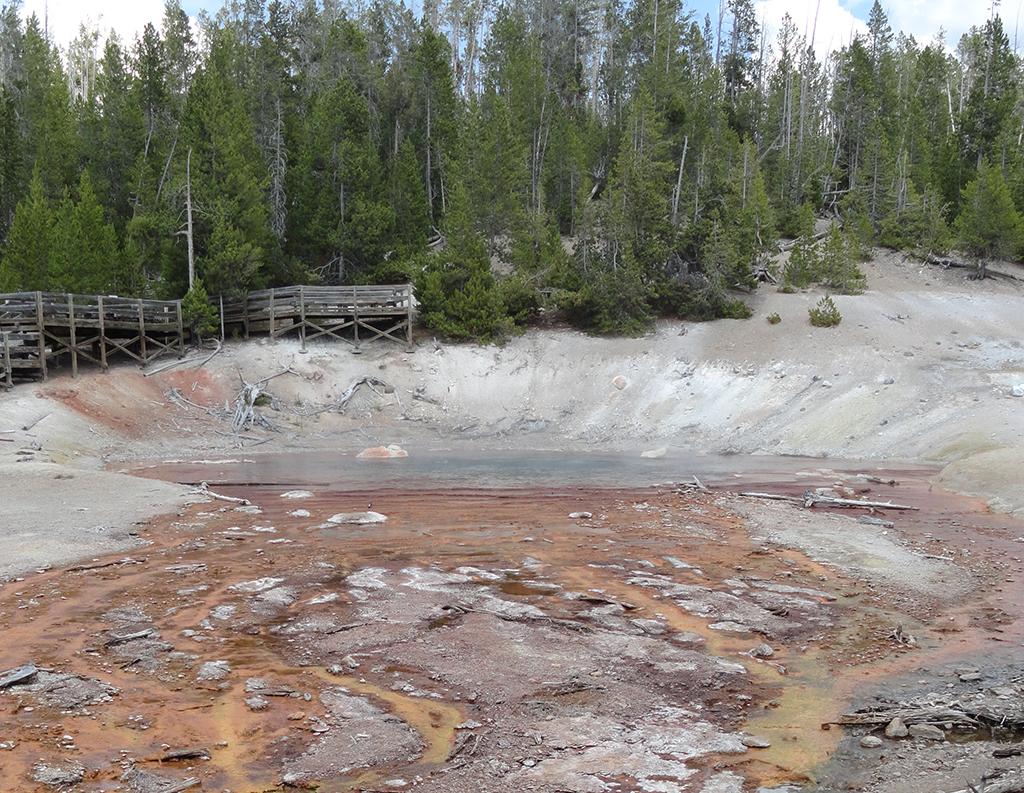
Echinus Geyser at Norris Basin, Yellowstone National Park / NPS - Janine Waller
6. True or False: Echinus Geyser in Norris Basin of Yellowstone National Park (WY/MT/ID), is the largest alkaline-water geyser in the world.
a) True
b) False

You might see these insects during summer at Yellowstone National Park / NPS file
7. In early-to-mid summer at Yellowstone National Park, when the water temperatures warm up, these three-inch-long insects with large wings will start showing up, crawling along the streambanks or flying in large numbers. These insects are:
a) Riverflies
b) Perchflies
c) Waterflies
d) Salmonflies
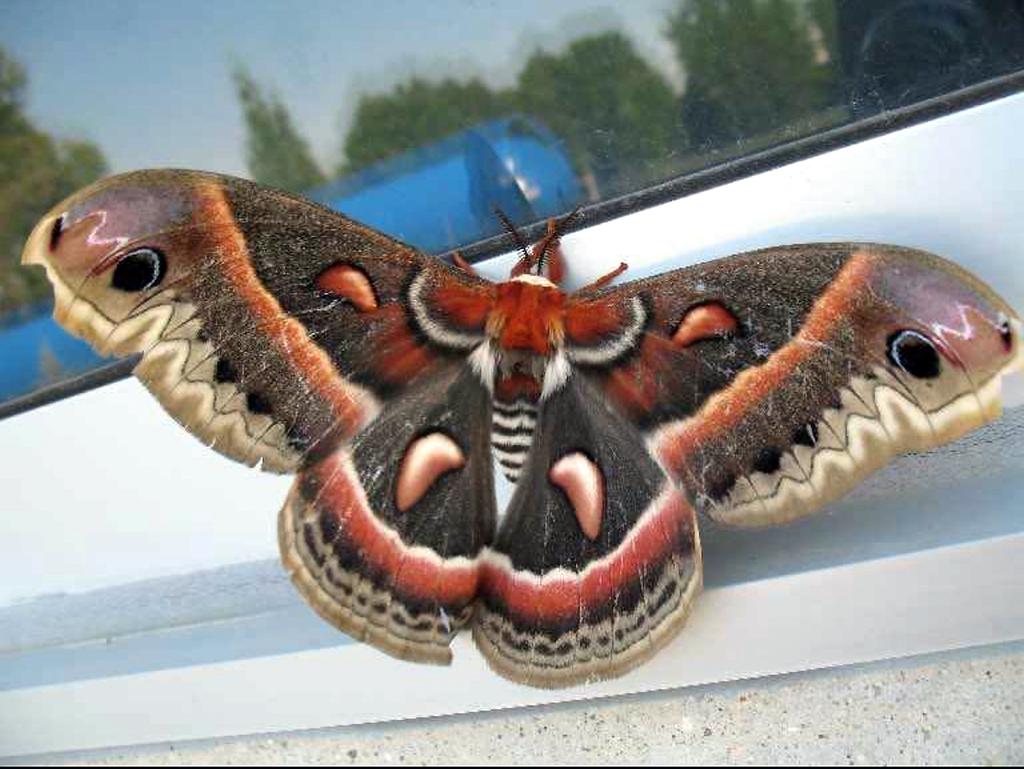
Butterflies are beautiful, and so are the moths you'll see at Devils Tower National Monument / NPS file
8. Explore the landscape of Devils Tower National Monument and you might spy this beautiful silk moth known as a ___ moth.
a) Luna
b) Death’s Head
c) Cecropia
d) Ermine

Golden-silk orb weavers have another name - what is it? / Rebecca Latson
9. Visit Congaree National Park in South Carolina or Gulf Islands National Seashore in Florida/Mississippi, and you might spot a very intricate web alongside the trail with a large, golden spider perched in the middle. You are looking at a golden-silk orb weaver, also known as a:
a) Banana spider
b) Canoe spider
c) Goldbar spider
d) Twinkie spider
10. Let’s go back to that pretty moth in Question 8 that you might see at Devils Tower National Monument. Male moths find female moths through pheromones the females release when ready to mate. This is a sort of “come hither” scent composed of chemicals specific to that moth. DYK there is a spider out there, known as a bola spider, that can capture those moths by mimicking the pheromones of that female moth? It’s a process known as:
a) Batesian mimicry
b) Müllerian mimicry
c) Scent gland mimicry
d) Aggressive chemical mimicry
Trivia

A beekeeping priest and his apiary, Sitka National Historical Park / NPS file
According to park staff at Sitka National Historical Park in Alaska, there are many species of wild bumblebees in Alaska, “but beekeepers have only been raising their own honeybees there since the early 20th century. The first record of apiculture (bee-raising) in Alaska was at the Russian Bishop’s House in Sitka, in hives cared for by a local priest. Just like many beekeepers in Alaska today, in 1900 Father Methodius got his new bees shipped in from ‘down south’ … The new honeybees weren’t very happy with the climate in Sitka, because Father Methodius called it quits on beekeeping after a few seasons.” Of course, he was not the last person to attempt apiculture, and nowadays, there are beekeepers all over Alaska (more successful than Father Methodius apparently was).

A pumice sample, Lewis and Clark National Historic Trail / Academy of Natural Sciences-Drexel University PA via NPS
During the Lewis and Clark Expedition out to the Pacific Northwest (now a part of the Lewis and Clark National Historic Trail), rock and mineral specimens were collected to send back to President Thomas Jefferson. One of those specimens was pumice, which the Corps of Discovery found in several places along their journey. The understanding at that time was that pumice formed by the burning of coal. Nowadays, we know pumice is not related to coal at all, but is a frothy volcanic glass formed when lava quickly cools, trapping bubbles of air in this glass. Pumice is so light that it will float upon water.

Mariscal Mine, Big Bend National Park / NPS - C. Hoyt
According to staff at Big Bend National Park in Texas, “Farmer Martin Solis discovered the bright red mercury-bearing ore called cinnabar near his farm in 1900, [in what is now Big Bend National Park] and set the history of Mariscal Mine in motion. The Mariscal Mine once bustled as the center of the Big Bend quicksilver mining economy. From 1900 to 1943, Mariscal Mine produced 1,400 seventy-six-pound flasks of mercury - nearly one quarter of the total produced in the United States! Now deserted, the mine and surroundings once provided the people who lived here an income, a community, and a home.” Click here to read more about the Mariscal Mine and the Mariscal Mine Trail.
Quiz Answers
1b
The Mount Fremont Fire Lookout, built in 1934, is the highest fire lookout in Mount Rainier National Park. The Shriner Peak Fire Lookout, build in 1932, is the oldest fire lookout in the park.
2b
What you see in the photo is a close-up of pronghorn hair. The waves in each hair keep them separate from each other, and you can tell in some of the strands that the hair is hollow like a soda straw. Both the wavy shape and the hollow strands help with insulation to keep the pronghorn cool in the summer and warm during winter in addition to protecting from the high winds. You might see pronghorn in such national parks as Petrified Forest, Badlands, Wind Cave, and Yellowstone, to name a few.
3a
Visit Devils Tower National Monument and you might see one or both of the two toad species calling this park home. The toad you see in the image is a woodhouse’s toad, with a croak that sounds like a bleating sheep! A toad’s dry skin and bumpy warts are characteristics that differentiate between toads and frogs, which have smooth, moist skin.
4c
The ripe, edible fruit of the organ pipe cactus is called a pitaya. The sweet, red flesh has a taste like watermelon. The common name for the fruit in Spanish is pitaya dulce – sweet pitaya.
5c
These intricate mounds of dirt are formed by a vole – the Montane vole, to be exact. During the summer, these voles burrow deep enough into the ground that the earth’s surface is not disrupted. Come wintertime, when the ground is frozen, the Montane vole can only burrow beneath the first few inches of soil, where predators can spot the tunnels. So, the vole depends upon any snow piled above the soil to keep it hidden from predators. What you see in the photo are tunnels left over from winter.
6b False
Echnus Geyser in Norris Basin is the largest acidic-water geyser in the world, according to the National Park Service. “Its waters are almost as acidic as vinegar with a pH ranging from 3.3 to 3.6. Acid geysers are extremely rare with the majority of the planet's total being found here at Norris Geyser Basin.” But, please don’t try and taste the water of this geyser to see if it tastes like vinegar.
7d
Salmonflies are named for the salmon color of their body in the adult stage and they provide food for many Yellowstone creatures. They actually live underwater for 3-4 years during their pre-adult stage, crawling among the rocks, before going topside.
8c
Members of the giant silk moth family, cecropia moths have been found with wingspans as big as 5 – 7 inches (12.7 – 17.8 cm). These moths do not have a functional mouth or digestive system and live for about two weeks in their moth stage. Males use their antennae to detect a female’s pheromones from up to a mile away. Females will lay around 100 eggs, only a small percentage of which will reach adulthood.
9a
Golden-silk orb weavers, aka banana spiders, are considered the largest non-tarantula arachnid in North America. Their silk has a tensile strength greater than steel, allowing them to make prey of large insects like dragonflies or horseflies. This orb weaver’s web strength is put to the test when a horsefly is caught, since those speedy guys can fly into a spider’s web at about 90 mph (144.8 kph)!
10d
Bola spiders have developed a unique tactic for capturing those female cecropia moths by imitating the moth’s pheromones with a process called aggressive chemical mimicry.




 Support Essential Coverage of Essential Places
Support Essential Coverage of Essential Places






